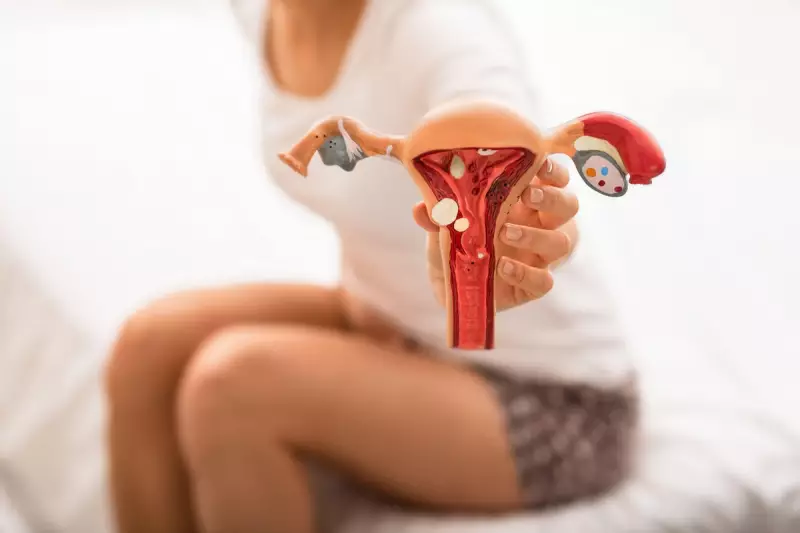
Understanding Endometriosis: A Silent Struggle for Many Women
Endometriosis is a chronic condition affecting an estimated 1 in 10 women in the UK, yet it remains widely misunderstood. This gynaecological disorder occurs when tissue similar to the womb's lining grows outside the uterus, leading to inflammation, scarring, and often debilitating pain.
Key Symptoms to Watch For
Recognising endometriosis early can significantly improve quality of life. The most common symptoms include:
- Severe period pain that interferes with daily activities
- Chronic pelvic pain throughout the menstrual cycle
- Pain during or after sex (dyspareunia)
- Painful bowel movements or urination, especially during periods
- Excessive bleeding or irregular cycles
- Fatigue and digestive issues
Why Diagnosis Often Comes Late
On average, women wait 7-8 years for an endometriosis diagnosis. Many factors contribute to this delay:
- Normalisation of period pain in society
- Lack of awareness among healthcare professionals
- Similar symptoms to other conditions like IBS
- Varied symptom presentation between individuals
Seeking Help and Treatment Options
If you suspect endometriosis, keep a symptom diary and request a referral to a specialist. While there's no cure, treatments can help manage symptoms:
- Pain management: NSAIDs and other medications
- Hormonal therapies: To suppress endometrial growth
- Surgical options: Laparoscopic excision of lesions
- Complementary therapies: Physiotherapy, acupuncture
Breaking the Silence on Women's Health
Increased awareness and research funding are crucial to improving diagnosis times and treatment outcomes. If you're experiencing symptoms, don't dismiss them - persistent pain isn't normal and warrants medical attention.





